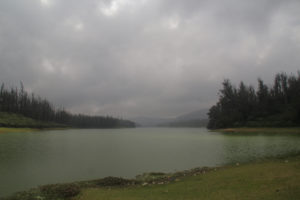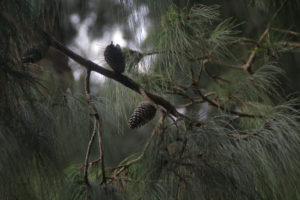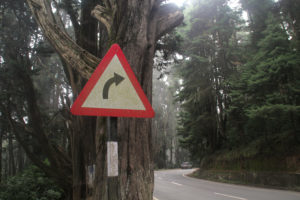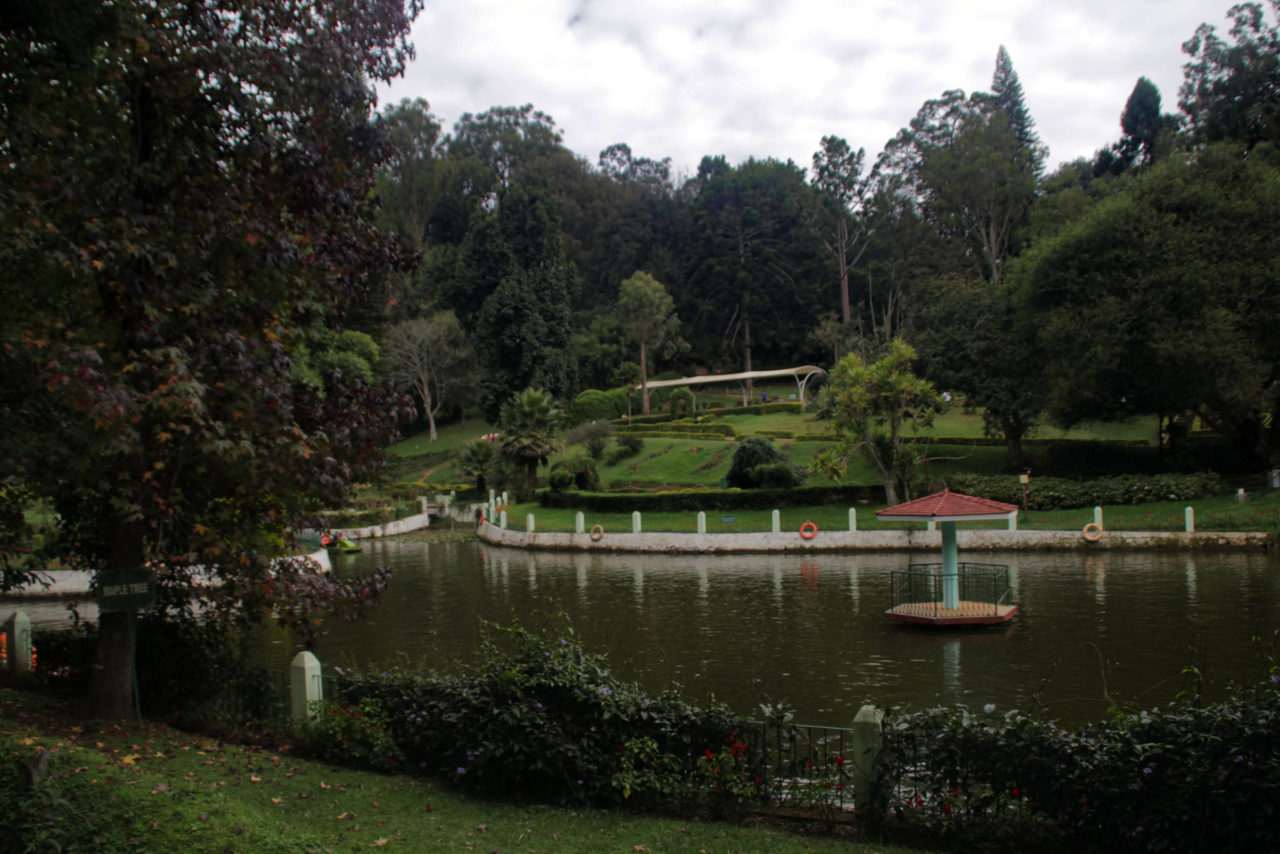
“Shall I surprise you with a cup of tea?” I accepted with a smile to a man with warm eyes. His welcoming demeanor shone through the winter jacket and black beanie he wore to reveal himself as the owner of Buddies Cafe. While I sipped a cup of black tea, Nirmal Raj shared one of his earliest memories: “My father was a tea maker, and my mom was a clerk in the same factory. She used to take stock at night, and I used to sleep over the tea bags. So that is how my journey started with a cup of tea.”
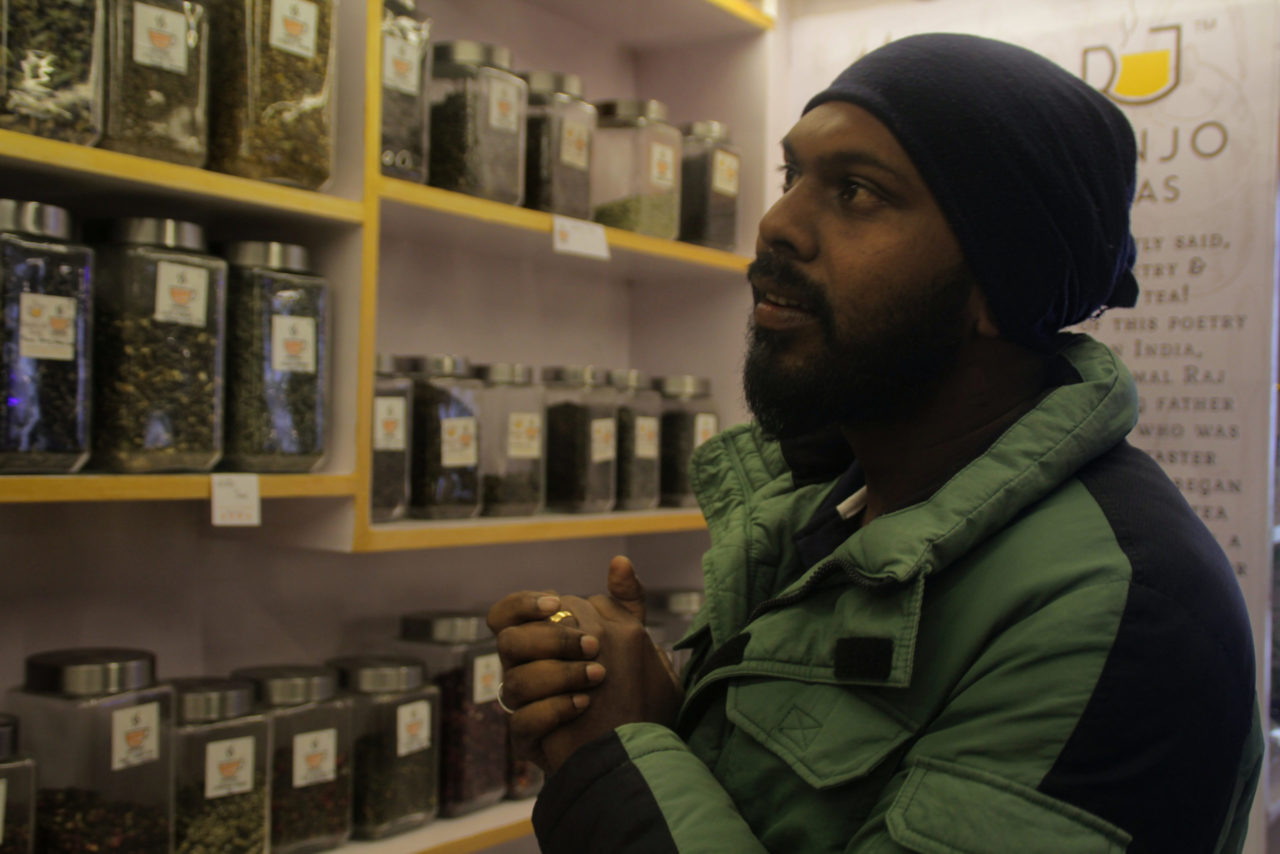
Within my cup was a light liquored tea named Black Sheep, a blend crafted exclusively for Buddies Cafe in Ooty. This cafe is the largest tea room in India, which features over two hundred and twenty varieties of tea: artisanal and hand-crafted single-origin teas, orthodox blends, tisanes, and CTC dust. When I first entered the cafe, Nirmal stood next to a wall of transparent glass tea canisters and opened them enthusiastically to allow customers to inhale as he spoke animatedly about each tea. I had chanced upon the cafe after leaving my non-heated hostel in search of a warmer place to write from. As a shoestring budget backpacker, I had traveled to Nilgiris on an overnight bus from Bengaluru and soon found myself returning daily to Buddies Cafe.
Ooty, known as Ootagai and Oothakamandu, is part of the greater Nilgiris region. The word Nilgiris is derived from “Neelam,” meaning blue, and “Giri,” meaning hills. The flower that colors the hills is neelakurinji, which blooms once every twelve years and sheathes the hills in a beautiful blue hue. This flower is a sapphire among many indigenous species: the night-blooming Magnolia nilagirica (pila champa), jamun (Indian blackberry), and over two hundred local species. The Nilgiris belong to the Western Ghats, a UNESCO World Heritage, and are rich in biodiversity (as one of the world’s top eight biodiversity hotspots). Tea can be plucked year-round, including during winter, due to the impact of receiving two annual monsoons: the northeast and southwest monsoons.
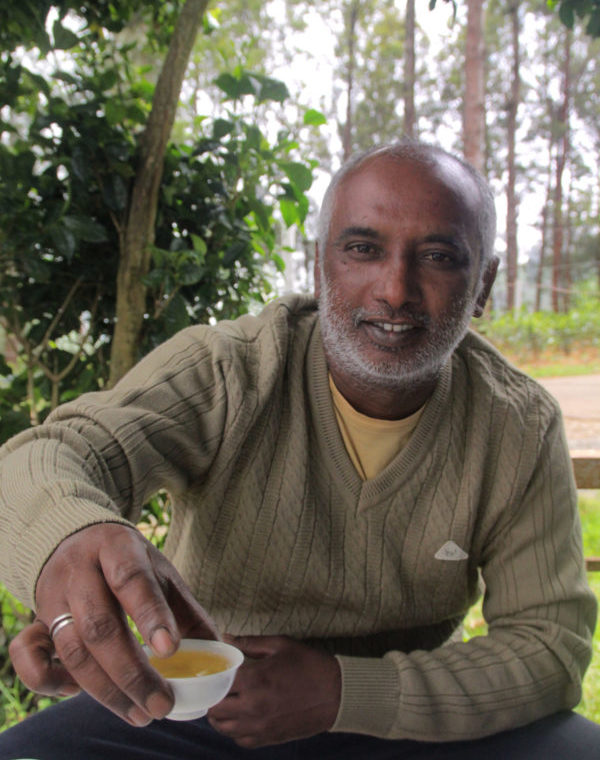
Prabhu Nanjan has been making tea since 2013. His farm is one of the rare places in India where Camellia sinensis grows unrestricted in its height. First grown out as an experiment, several trees now extend to 10-15 feet. Prabhu hand-makes white, green, yellow, wulong, black, frost-bitten wulong, and pu’er tea from these trees. According to Prabhu, Nilgiris tea is notable for its fruity, tart, and astringent tasting notes.
“We feel that Nilgiris astringency is quite good.” It is unfair to expect tasting notes from other terrains in Nilgiris teas. Prabhu explained how he would turn down business requests to make tea in the style of other regions. “If you like that tea so much, you should buy it from there. I can only make what my trees offer. The Wulong tea here? We are [having] fun with it. Until we taste it, we don’t know what will come. Man does not make tea; it is made by nature.”
Speaking with Prabhu was an excellent lesson in how we, as mindful travelers, should abandon our expectations when traveling to a place. When traveling, we shouldn’t utilize our desire for familiar cuisine, tea preparation, or comfort; instead, we ought to taste the local cuisine, inquire about native plants, and attempt to learn the local language(s). A criticism that many Tamilians and Kannadigas shared in my interactions was how many North Indians who relocate to the south never learn South Indian languages; however, the expectation is that all South Indians who relocate north must learn Hindi or face ridicule, although India officially recognizes twenty-two languages.
Instead of paying for a completely catered tea tourism experience, it is possible to orchestrate one’s own tea tourism experience as a low-budget backpacker. For backpackers wishing to orchestrate their own solo or group travel through the Nilgiris, I would first encourage you to attempt to learn some Tamil and Badaga phrases, to seek out regional cuisine (and eschew Western and North Indian eateries), and to try to learn more about the regional culture, history, and people. Tourism can be perilous to a local culture; it is important to respect host cultures, especially when the Nilgiris have seen an increase of 20% in tourism this past year.
When I visited Willy’s Coffee Pub, I borrowed a phrase from a photographer and fellow solo traveler and ordered a chai, saying, “Prepare it however you normally make it.” The owner grinned, and I leisurely browsed the library before chai emerged much later; it offered no masalas and was a composure of CTC dust and milk. Chai is called tènīr (or தேநீர்” in pure Tamil) and is prepared in this simple manner. Most Tamilians call it tea.
Budget backpacking offers a thrilling opportunity to indulge in spontaneity. A kilometer walk uphill from Ooty’s Commercial Street, I stayed in a shared dormitory at Hosteller (though they offer higher rate private rooms with fireplaces). There was no central heating, so I bundled up in multiple layers and requested an extra blanket from the hostel staff. An alternate hostel within Ooty is Zostel, which is more centrally located within the market. Until I showed up at my hostel, I didn’t know who my roommates were. I opened the Couchsurfing app and sent a request to hang out; to my utter delight, I connected with a solo traveler from South Korea, and we planned to rent an auto for the day to explore natural destinations.

While taking a local bus, I gazed outside and watched a woman in a pastel pink saree with an orange wool sweater lean under the railing with a small twig in hand; she used it to pull forward a medium-sized Masala chips bag from Lays. Beyond her was a descending hill of various blooming flowers and, beyond that – a series of mountains. Taking local transportation is one of my favorite ways to witness the local community. I met and had over a half-hour conversation with a police officer, enjoyed local hits as a village bus played music over its loudspeakers, and others helped me add a stop to a village bus route that I would’ve otherwise had to hitchhike to.
In Kotagiri, I stayed at The Door to Nirvana Hostel, an incredibly isolated location. This hostel is best for those who have their own transportation. The state bus comes twice a day on this road. Or, one must walk for forty minutes alongside unlit paths or reach by hitchhiking. The beauty of traveling in an off-the-beaten-path hostel is that you will witness India at its rawest: I met folks from Kolhapur, Bengaluru, Dehradun, Guwahati, Coimbatore, and London. After a long day of exploring the Nilgiris, I returned to smear aloe vera across my sunburnt nose, then shared dinner with hostel folks. The World Cup played from a MacBook angled for all to see, and I witnessed sportsmanship from fellow travelers: despite their sadness, they clapped for the opposing team that defeated India.
In the morning, birdsong awoke me at The Door to Nirvana. I set up my laptop before a scenic view: Camellia sinensis bushes descended on the hill to my left, and a few bushes lingered above and behind the property. Red-whiskered bulbuls sang, and swifts teetered to the mountain before me, then returned to arch above fairy lights and other trees on the property. The owner came to chat with me for a couple of hours before I checked out; he spoke of how climate change had altered monsoon patterns over the years.
For the backpacking adventurer, there is a blend of tea-related and other activities through the Nilgiris. The following itinerary includes some places I visited in the region with an accompanying budget:
Ed. The current exchange rate on 1/15/2024 is USD 1 = INR 83. INR 100 is equal to $1.20.
Auto from bus stand to hostel (Rs 200)
However, I’ve heard other hostel guests could negotiate the rate down to Rs 70, or some chose to walk the two kilometers for free instead.
Budget hostel with shared dorms (Rs 4,194 for six days)
At select locations, Hosteller offers discounts if you book directly on their website. You can search Hostelworld for other hostel options.
Roadside breakfast (Rs 30-50 per dosa, Rs 15 for vada, accompanied by unlimited chutney)
Don’t expect any menus when ordering from roadside stalls. When accompanying locals who know what will be available, I have had the best luck ordering the following items: dosa, medu vada, or egg kalakki.
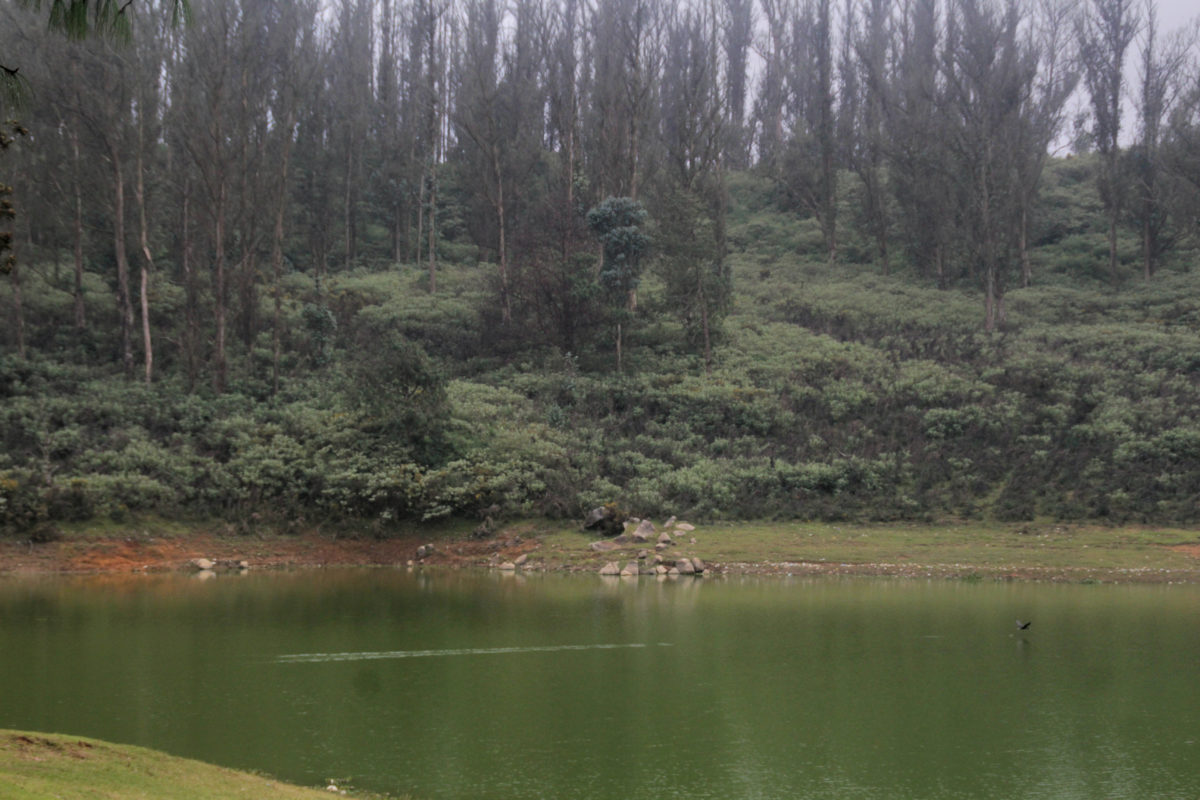
Pine Forest (Rs 30 per person)
Pine Forest is a park and forest approximately fifteen minutes outside of Ooty. Scenic woods with hundred-year-plus trees surround Lake Sandynula. Once you pass the tourist clog at the entrance, it is a serene place to visit, take a leisurely stroll, or sit in quieter areas.
Buddies Cafe (Rs 180 for artisanal teas, or Rs 50 or so for chai)
Nirmal Raj, owner of Buddies Cafe, explained with a smile how his cafe was built to allow customers to experience tea. “Let them learn what is happening in a cup of tea. This is the land of teas!” The menu promises that if a customer dislikes a tea, they can leave it untouched on the table and won’t be charged for it. A bottle of free milk is also available for toddlers.
Willy’s Coffee Pub (Rs 20 for chai, Rs 40 for banana cake)
Recommended by a frequent customer, I enjoyed the warm and open ambiance of this library/cafe/pub nestled within the second-floor corridor.
Toy Train (Rs 290 for first class).
Book at least a week early, as trains sell out quickly.
Local Bus
If you can’t book the toy train, you can avail a local bus for 22 rupees from Ooty to Coonoor. I would suggest sitting in the last row, as you can take excellent scenic photographs from the open door if it isn’t too crowded.
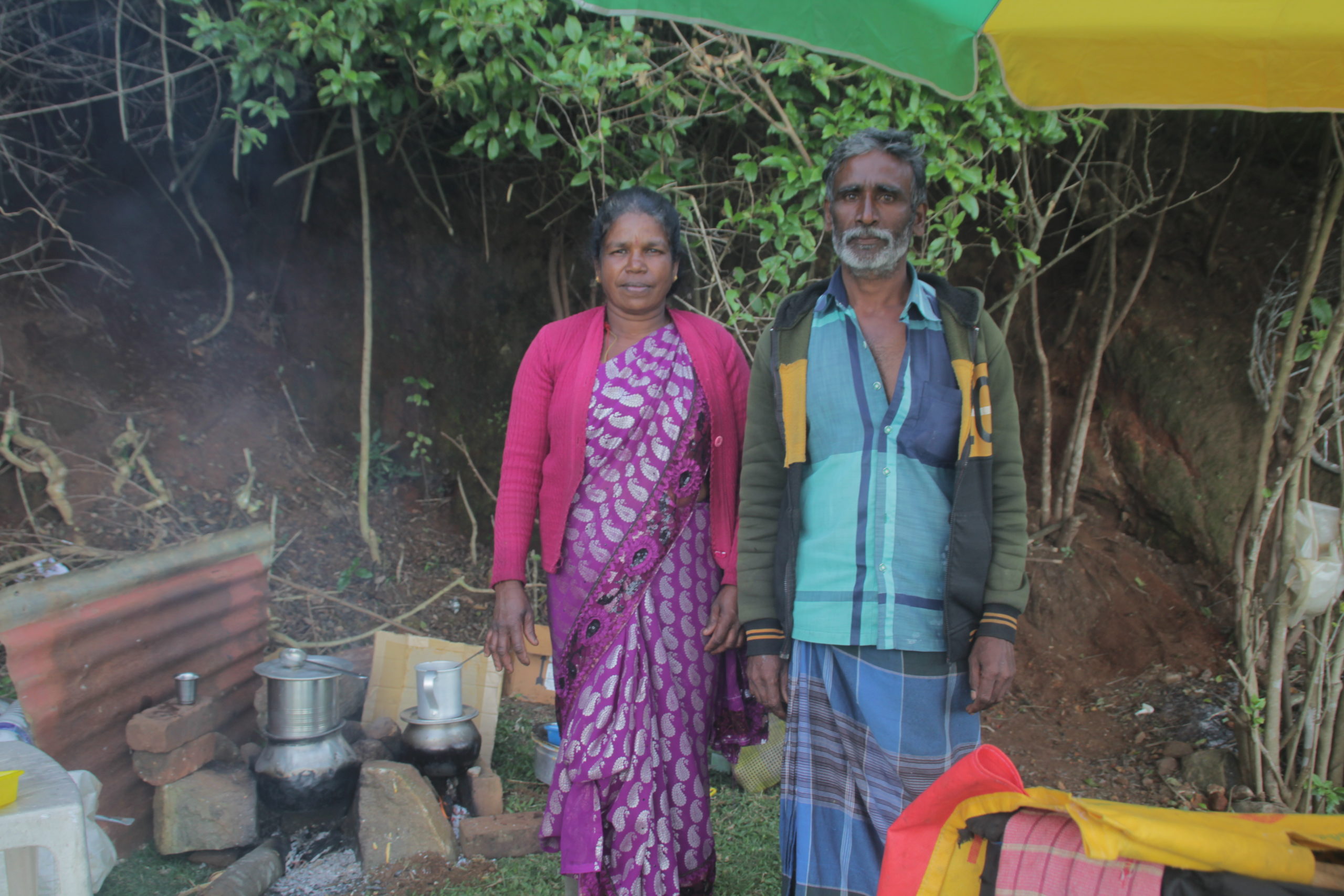
Coonoor
Sim’s Park (Rs 40)
Sim’s Park is a botanical garden featuring many Western plants and was established in 1874. Paddle boats are available for rent.
Breakfast at Sri Lakshmi Cafe (Rs 366 for millet dosa, dosa, ghee podi idli, and two chai)
This was an exceptionally clean and spacious restaurant with generous portions.
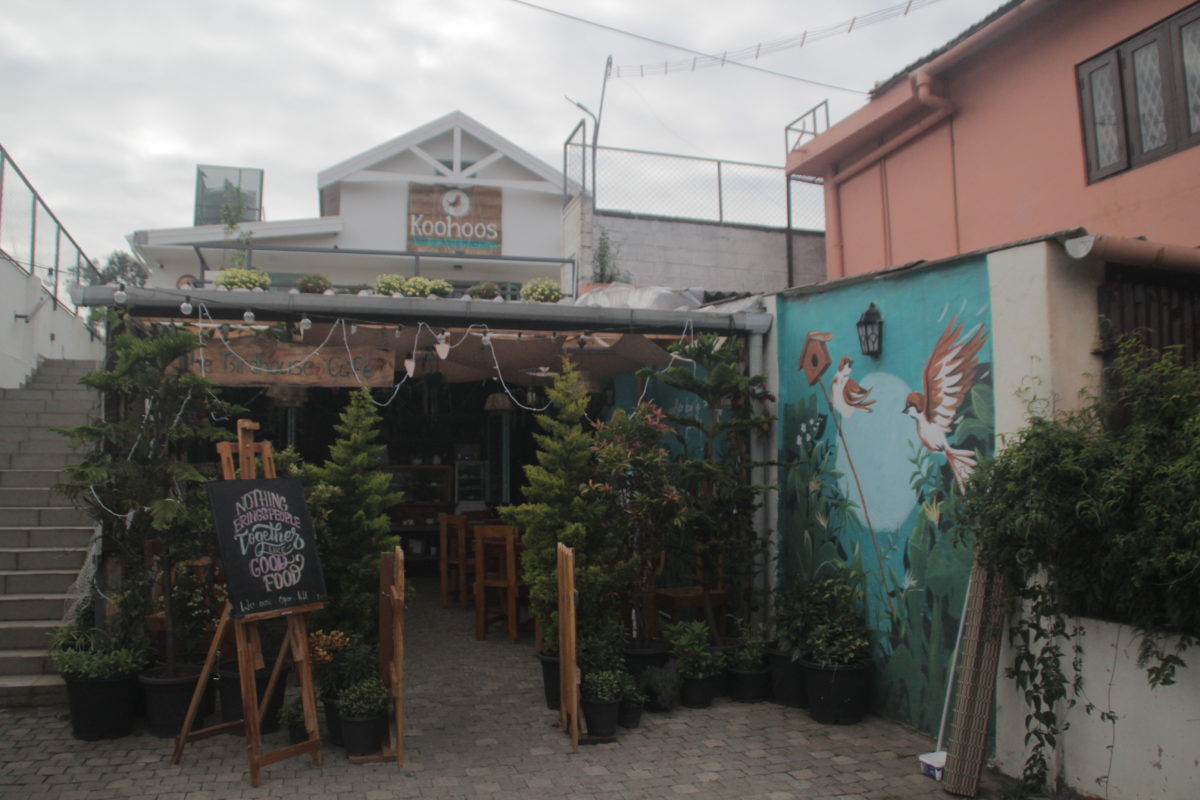
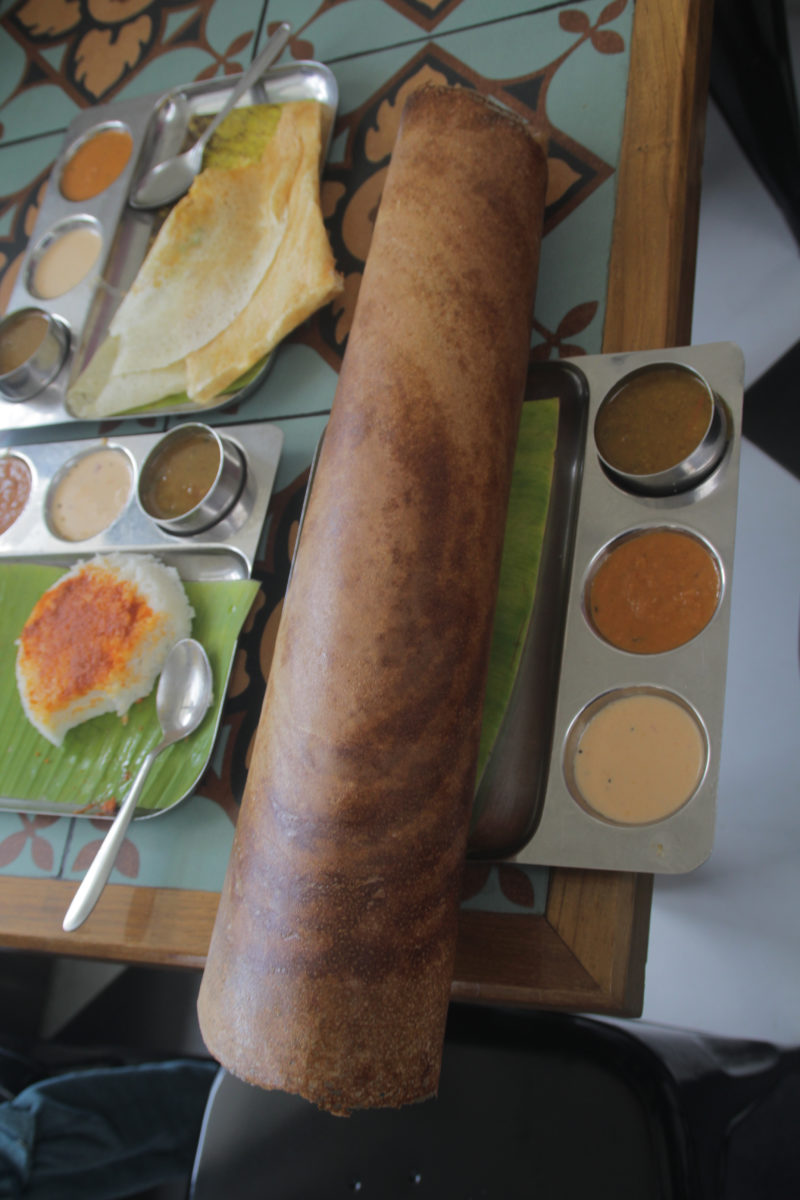
The Birdhouse Cafe (Rs 180 for an omelet and 120 rupees for fresh orange juice)
This cozy cafe is connected to The Birdhouse Hostel, Coonoor, and I would surely stay there during my next visit. The cafe owner was super generous in helping me locate an unmarked bus stand to take a local bus to a nearby village.
Kotagiri
Auto rented for five hours (Rs 1300)
One must indulge in the game of negotiation for this. The original price of 1500 for five hours was negotiated down. The auto-wala agreed to take us to three scenic spots.
Kodanad View Point (Rs 30 per person)
This viewpoint is an excellent place to watch a sunset or to linger for a few hours. The view includes unique mountain ranges, a far-off waterfall, and – if you’re lucky – sightings of a black eagle. Be careful, as monkeys steal snacks from inattentive visitors.
Roadside chai (Rs 10-30 per cup)
One couple stood several meters away from the entrance at Kodanad. There was a modest table with sweets in plastic Tupperware: biscuits, wrapped candies, etc. As we zipped past them in an auto, the man offered “tea, coffee, tea, coffee.” After leaving Kodanad, I suggested to my Couchsurfing buddy that we stop for tea. The woman, shoeless, bent over to tend to the fire on a modest set-up on the ground. The tea was made without any masalas and was quite pale.
Catherine Waterfall (Rs 30 per person)
There is a caged fence from which you can see a waterfall in the distance. When we visited, a family sat with watercolors and painted the restricted scenery.
Odae Restaurant (Rs 250 for a vegan meal)
At this pond-facing restaurant, there are no menus. The waiter will recite a list of dishes (none of which are local). Across the lake is a scaffold of tea bushes on an ascending hill.
Some of my most cherished experiences in Nilgiris were that which one cannot plan: taking a tenderhearted motorcycle ride with a stranger-now-friend, having millet dosa in the next town over, using my hand to scoop up egg kalakki on a banana leaf at a roadside stall alongside two wedding photographers, and being offered a seat on a crowded local bus by two 16-year old high school girls (one sat on the other’s lap, and we discussed our favorite subjects, favorite foods, who our hero was, and each sang a song). The generosity of strangers through the Nilgiris will remain with me.
Tea Market
Get More Value from Your Tea: BRU Maker One
+41794574278
Jacque's Organics
(647) 804-7263
